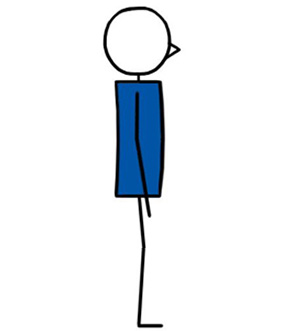
Standing Pilates Breath
| Similar Pose Names: | Pilates breath standing |
|---|---|
| Category: | Matwork |
| Share on: |
Video Of Pose
Preparation Poses
Counter Poses
Yoga and Pilates lesson planning made easy

| Similar Pose Names: | Pilates breath standing |
|---|---|
| Category: | Matwork |
| Share on: |
Yoga and Pilates lesson planning made easy